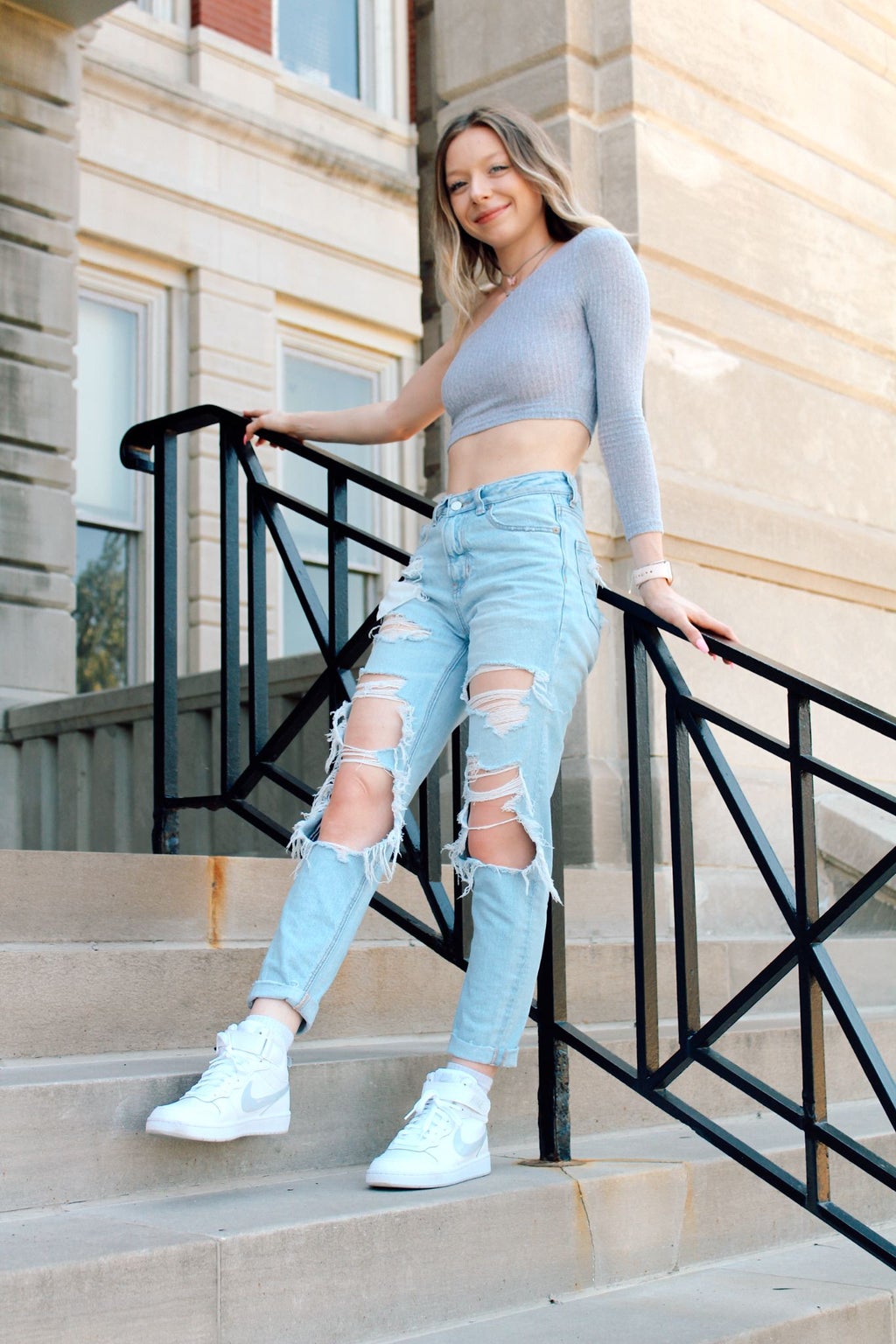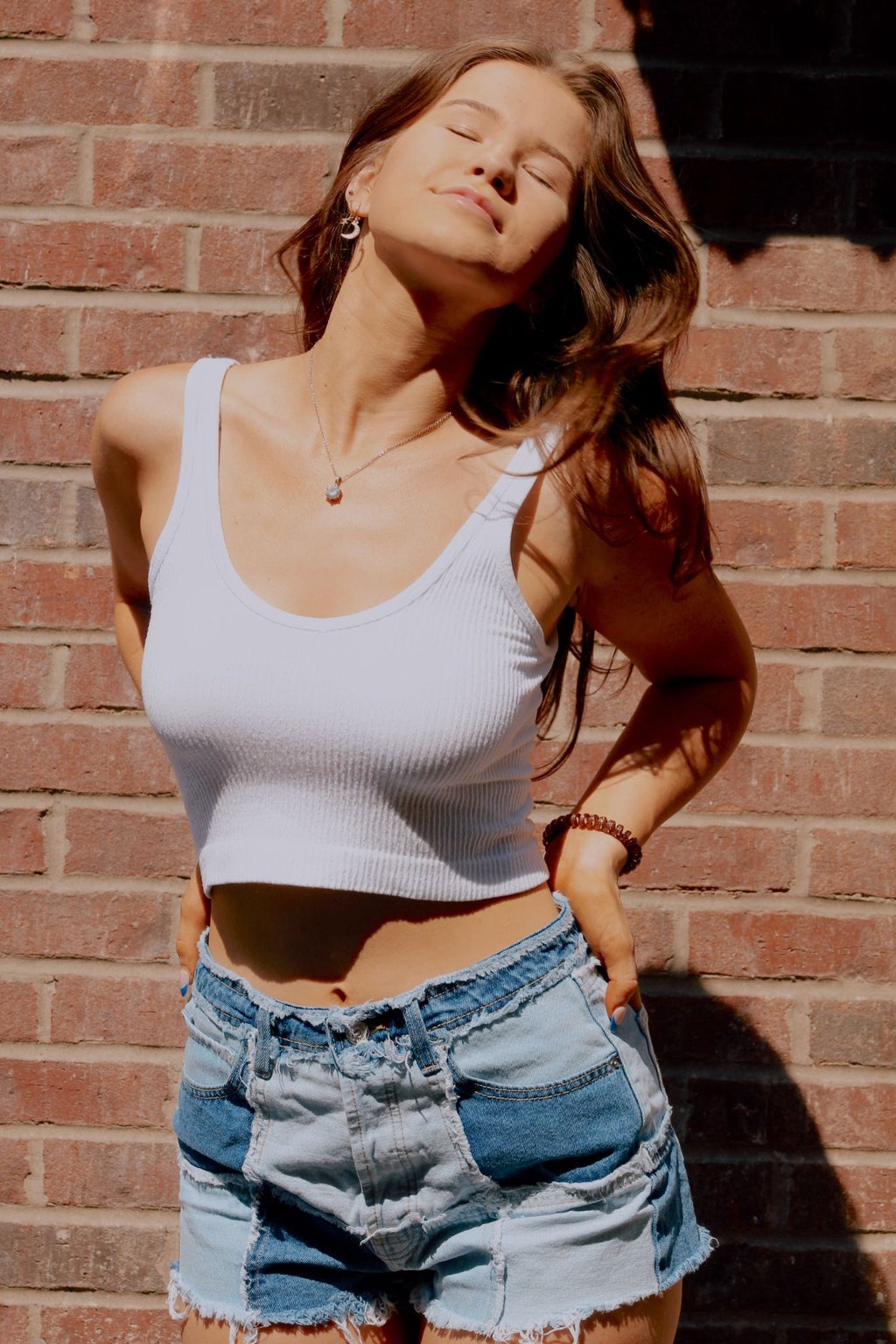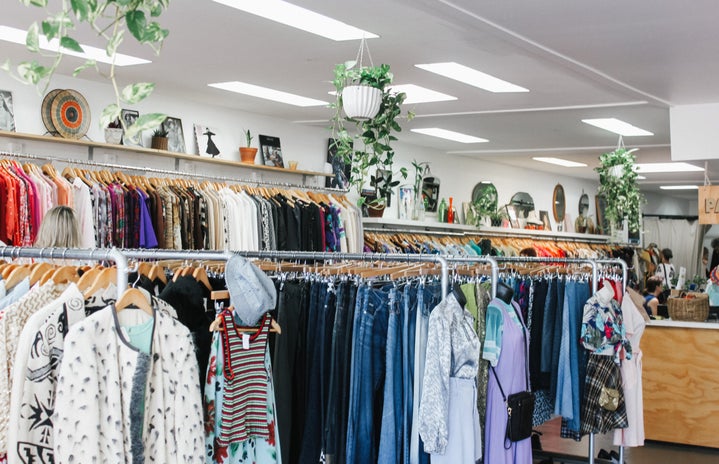As the seasons change, so do the trends. The pressure to be dressed appropriately for the current times becomes a dilemma for all fashion connoisseurs. Whether the trend lasts a week, a few months or years, it is inevitable to go “out of style.” Here are all the reasons why following the newest fashion trends is problematic.
FASHION IS A NEVER-ENDING CYCLE
When looking back at the history of fashion, recurring trends still appear to this day. Whether it’s in a famous fashion magazine or from a video on your TikTok feed, they have staying power. The classic 2000s era of low-rise jeans, sequins, bright colors and velour tracksuits was once deemed tacky to a generation, and now it is taking the industry by storm once again. The scrunchie made its return and landed on every woman’s wrist; the skater boy aesthetic said “see you later boy” only to return a decade later. What is considered a fashion abomination in 2022, such as skinny jeans, will most likely be worn by the generations to come. This cyclical phenomenon proves that no matter what someone decides to wear, it was once a trend at some point in time. Therefore, fashion-lovers should end the cycle and wear what they love, not what they have been told is the newest fad.
FASHION IS ART, ART IS SUBJECTIVE
Clothes are not just for comfort, warmth or for any other practical purpose, but for self-expression as well. Like all art, fashion represents a person’s identity, often exhibiting a deeper meaning based on the little details. There are millions of style aesthetics that the trends exclude from season to season, catering to those who wish to be seen as trendy rather than authentic. This is not to say that the trends are not fashionable, or that those who participate in these trends are inauthentic; instead, only dressing by the rules of trends is a reflection of society’s neglect of self-identity and individuality. Famous paintings in history were once misunderstood, only to be declared as astounding pieces of artwork that are deserved to be seen by millions. Though the painter may not have received their praise until hundreds of years later, their work had significant importance to them. Quality of fashion comes from the fact that it is what the individual finds appealing, what it means to them and how it makes them feel when they wear it.

THE IMPORTANCE OF SUSTAINABILITY
Clothing landfills have been one of the leading causes of pollution in the world for many years. The recent trend of thrifting, minimalism and shopping sustainably has made headlines, and for good reason. Online retailers such as SHEIN, Romwe and hundreds of similar brands negate this trend by selling cheaply made clothing items in unsafe working conditions in order to capitalize on the newest trend in the fashion world. These sites not only perpetuate overconsumption, but elongate the negative impact of pollution through the actions of their customers who donate or throw away their products when the trend passes. Though it is hard to shop fully sustainably due to the higher-priced items and limited access for consumers, it is necessary to comprehend the damage that so-called “micro-trends” have on the environment.
To avoid contributing to environmental harm, Clare Fischer, University of Missouri student and CEO of Fisch Flips, upcycles used clothing to produce new, fashionable garments sustainably and resell them at her store at the Student Center. “I enjoy upcycling clothes for myself and friends because I can create tops and bottoms that are unique in style,” Fischer said. “There are so many clothes in the world, and I would rather buy second-hand clothes and make them new again.”
YOUR WALLET WILL THANK YOU
The constant change of trends has the potential to drag a typical fashion-lover to the mall or browse stores online every few weeks to stay up-to-date. This can be extremely costly, considering the micro-trends like funky flare pants or baby tees that people may not already have in their closets. Investing your money into a few sustainable pieces or thrifting clothing items for a cheaper price is more beneficial than buying new garments every other week, even in comparison to inexpensive stores like SHEIN. It can also be incredibly fun and rewarding to DIY a trend that you want to follow, such as embroidering a pair of jeans or upcycling your dad’s oversized graphic tee. There are numerous alternatives to spending all your hard-earned money, and for many college students, it would be in their best interest to look chic on a budget. Skip out on clicking the “what’s trending” or “bestsellers” on PacSun, and instead, find inspiration on social media and look through your own closet or go to the nearest thrift store. Not only is this cheaper and more convenient, but it is sustainable and allows for endless creativity.

NOT BEING TRENDY IS THE NEW TREND
Fashion has an infinite amount of possibilities, ideas, looks, aesthetics, meanings and so on. If someone’s style is what is trending on Instagram, then that is fabulous. If it is something obscure that has not been worn in centuries, then that is fabulous as well. Nothing can stop the trends from coming, but people can stop themselves from falling victim to overconsumption and only wearing what society deems attractive, rather than themselves. The beauty of fashion is that it can be anything in the world as long as the person wearing it feels confident. It is trendy to feel good, it is trendy to be different and it is trendy to reject society’s expectations for fashion.


